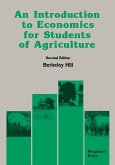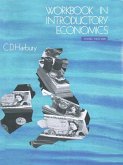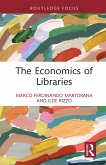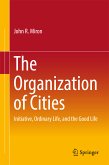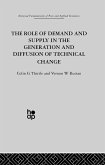The Economics of Neighborhood integrates neighborhood into contemporary notions of the urban economy. Neighborhood is viewed as a good with demand, supply, and equilibrium aspects. Topics covered range from demand for neighborhood and interneighborhood mobility to neighborhood choice and transportation services. The role of governments as suppliers of neighborhoods is also considered.
Comprised of 12 chapters, this book begins with an introduction to some of the efforts to measure neighborhood effects and the approaches used in analyzing the role of neighborhood in the urban economy. The next section deals with the determinants of neighborhood demand in different eastern and midwestern cities in the United States in the mid- to late 1960s. The location choice of a sample of Pittsburgh households is examined, along with the role that neighborhood transition at the origin played in governing the decision to move or stay put. Subsequent chapters focus on the neighborhood choice of households already living in Washington, D.C., in 1968 as a joint prior choice of residential location, housing type, automobile ownership, and mode of travel to work; how the supply of certain kinds of neighborhoods can be determined by the interaction of residential demand and housing supply in the private sector; and optimum neighborhood supply by local governments. The concluding section analyzes neighborhood in an equilibrium setting, with emphasis on price outcomes and the quantity aspects of neighborhood.
This monograph will be of value to economists as well as to researchers and students interested in urban economics.
Comprised of 12 chapters, this book begins with an introduction to some of the efforts to measure neighborhood effects and the approaches used in analyzing the role of neighborhood in the urban economy. The next section deals with the determinants of neighborhood demand in different eastern and midwestern cities in the United States in the mid- to late 1960s. The location choice of a sample of Pittsburgh households is examined, along with the role that neighborhood transition at the origin played in governing the decision to move or stay put. Subsequent chapters focus on the neighborhood choice of households already living in Washington, D.C., in 1968 as a joint prior choice of residential location, housing type, automobile ownership, and mode of travel to work; how the supply of certain kinds of neighborhoods can be determined by the interaction of residential demand and housing supply in the private sector; and optimum neighborhood supply by local governments. The concluding section analyzes neighborhood in an equilibrium setting, with emphasis on price outcomes and the quantity aspects of neighborhood.
This monograph will be of value to economists as well as to researchers and students interested in urban economics.
Dieser Download kann aus rechtlichen Gründen nur mit Rechnungsadresse in A, B, BG, CY, CZ, D, DK, EW, E, FIN, F, GR, HR, H, IRL, I, LT, L, LR, M, NL, PL, P, R, S, SLO, SK ausgeliefert werden.



